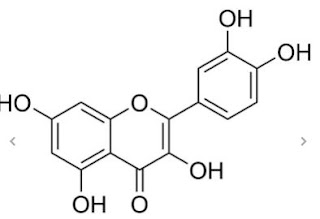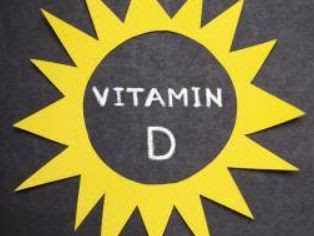Does Your Metabolism Slow Down as you Age?
The answer used to be yes, but recent research has proved that this is NOT the case! The current research used a method to measure metabolic rate called doubly labeled water. This involves giving people water with Deuterium (a form of hydrogen) and Oxygen-18 which is a specific form of Oxygen. Then using urine samples scientists measure how much of each of these unique forms of Hydrogen and Oxygen are being eliminated. This allows them to know the rate of carbon dioxide production with extreme precision over a long period of time. Carbon dioxide production can be used to directly and accurately determine calorie burn and metabolic rate. Doubly labeled water is the Gold Standard for measuring calorie burn/metabolic rate, and this is the first time it was used to accurately measure metabolic rate in over 6,421 people from 29 countries looking at metabolic rate in people from 8 days old to 95 years old. ...








